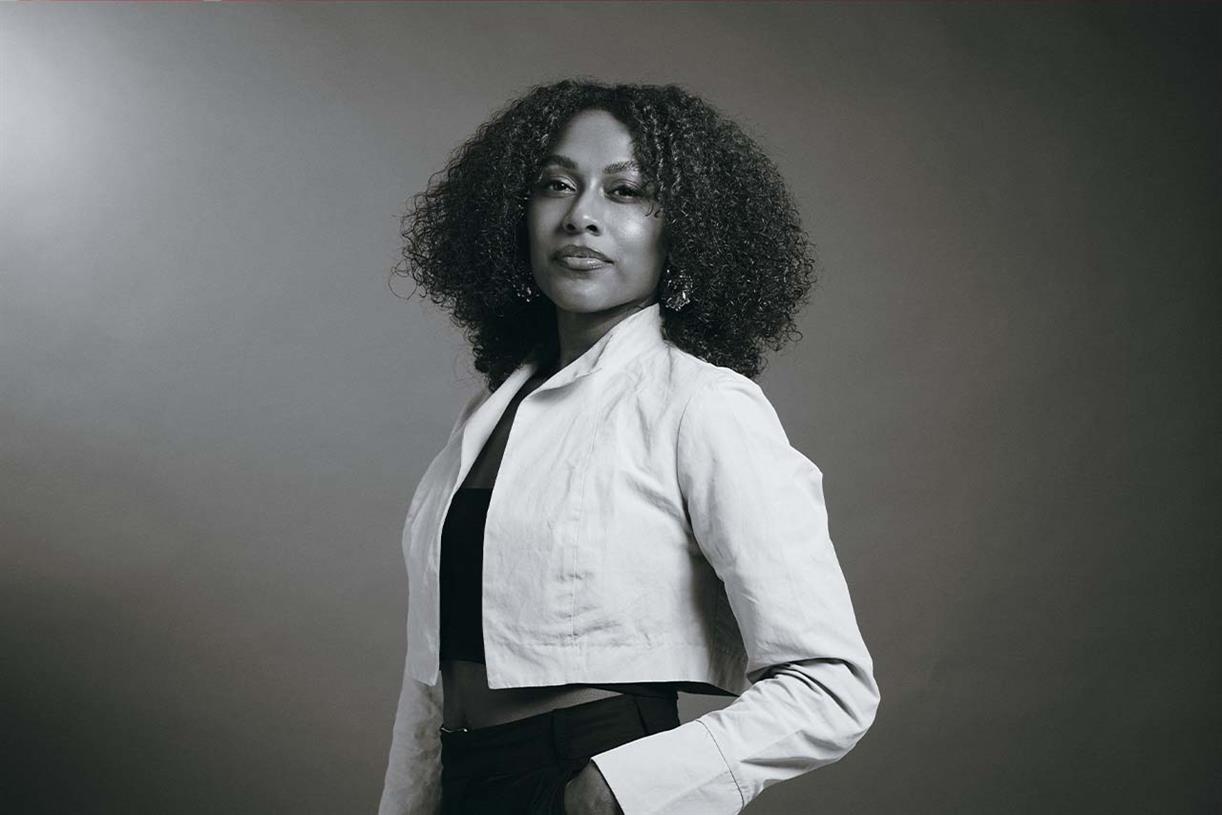Super Bowl advertisers overhaul social media strategies with Twitter in flux
Several brand and agency executives share how they’ve reshaped their social game plan for the Big Game.

Twitter has long served as the prevailing platform in Super Bowl advertisers’ marketing strategies. But with Elon Musk’s takeover propelling the platform into chaos, and brand safety concerns motivating dozens of brands to pause their advertising, many brands have been forced to reconsider the role it plays in their campaigns for the Big Game.
During Ad Age’s “Super Bowl Playbook” event earlier this week, several brand and agency executives shared how they’ve overhauled their Super Bowl social media strategies ahead of the game, from extending their campaigns to new platforms such as TikTok, LinkedIn and Twitch, to partnering with influencers to reach new audiences. Some even revealed they’ve excluded Twitter from their brand’s Super Bowl strategy altogether.
“A lot of the brands at Grey are paused on Twitter at the moment,” said Chelsea Sugai, group strategy director of social and connections at Grey Group, during the event. So, when planning the Super Bowl campaign for Pringles, one of Grey’s clients, the agency instead prioritized alternative platforms, primarily TikTok and Instagram.
Related: 5 Super Bowl ad trends to watch out for
The Kellogg snack brand turned to pop singer Meghan Trainor to lend her TikTok-viral song “Made You Look” to its #StuckInPringles TikTok challenge. Through the challenge, TikTok users are encouraged to film themselves performing activities while their hand is wedged in a Pringles can, accompanied by Trainor’s song. Trainor herself kicked off the challenge by dancing along to her song with choreography popularized on TikTok.
Grey specifically selected Trainor to lead the #StuckInPringles challenge, as well as star in Pringles’ Super Bowl commercial, because the agency felt the singer’s “strong presence on TikTok” would help facilitate Pringles’ shift to TikTok for this year’s Super Bowl, Sugai said. Pringles also tapped a handful of micro- and nano-influencers to further extend the brand’s TikTok presence leading up to the Big Game, including roller skater @rollinwithkate and dance teacher @buttabella.
“Our whole strategy for Pringles was to utilize someone like [Trainor] and then have her amplify the message and create content on her own channels that feels completely native to her,” Sugai added. “Using influencers just helps any message reach the right people, especially on the right platform.”
Insurance company State Farm is similarly centering its Super Bowl campaign around a notable TikTok influencer, opting to swap a pricey Super Bowl commercial for a partnership with TikTok phenom Khaby Lame to promote the “State Farm Stadium Challenge” (it has the naming rights over the stadium where the game is being played). With over 154 million followers, Lame is currently the most-followed creator on the platform, and the winner of the insurer’s TikTok challenge will have the opportunity to star in one of his videos.
Although Doritos has a commercial slated during the Big Game, the Frito-Lay snack brand turned to TikTok to launch a dance challenge, inviting users to film themselves performing a “triangle-inspired” dance for a chance to appear in the brand’s in-game ad. Doritos selected Angie Yadao-Payad as the winner out of the more than 1 million video submissions the brand received.
Kia, too, tapped TikTok to expand its in-game ad beyond consumers’ TV screens. The auto company created a series of alternate endings to its “Binky Dad” spot that consumers can only view on TikTok.
Molson Coors is also broadening its Super Bowl campaign—the company’s first in over 30 years thanks to Anheuser-Busch InBev relinquishing its ad exclusivity—beyond Twitter. But, rather than TikTok, the beer giant is teaming up with sports betting platform DraftKings for its “High Stakes Beer Ad,” inviting consumers to predict various elements that will appear in Molson Coors’ in-game spot, such as the breed of dog pictured behind the bar in the ad, via the DraftKings site.
Although it isn’t a social media platform, DraftKings provides the brewer a medium to generate the same kind of buzz leading up to the Super Bowl as a more traditional platform like Twitter would, said Scott Bell, chief creative officer at Droga5, which produced the Molson Coors campaign. And to build further anticipation for the commercial, the company partnered with several influencers in the sports betting niche to share their own analysis of the upcoming ad.
Here. We. Go. Introducing “The High Stakes Beer Ad," where fans will have a chance to win a share of a $500,000 cash prize pool if they correctly predict details of our Super Bowl ad prior to when it airs. #superbowlhttps://t.co/VjHj5jaxfc
— Molson Coors Beverage Company (@MolsonCoors) January 28, 2023“We're trying to build the same kind of hype for the spot itself as you would for a big sporting event,” Bell said. “Partnering with sports betting influencers on TikTok and Twitter to break down each bet … makes for great fodder leading up to the game and just gets people talking.”
Grey’s client Frank’s RedHot is similarly tapping an unconventional platform for the Big Game: Twitch. But, rather than specifically target football fans, the hot sauce brand is working with Twitch creators who frequently stream the game “Fortnite” in an effort to reach consumers who may be viewing one of these creators’ videos alongside—or in place of—the Super Bowl, Sugai said.
Watch all the Super Bowl commercials
From Bud Light to Rakuten, see the ads released so far
However, despite the lingering chaos still swirling around Twitter, several brands are sticking to the platform as a core component of their Super Bowl social strategies. For Suzanne Lindbergh, global head of social at Uber, “there’s kind of nothing like Twitter in these moments” where engaging in real-time conversation and staying on top of trends and moments associated with the Big Game are crucial.
Twitter will continue to “play a huge role” in Uber’s overall Super Bowl campaign this year, Lindberg added, pointing to the brand’s use of the platform to tease its in-game commercial starring Sean “Diddy” Combs and several other singers. During the Super Bowl, she and other brand employees will hone in on Twitter to scour for trending hashtags and potential conversations for the brand to jump into, she said. And Uber will also engage in some pre-planned banter with a couple of other brands on Twitter during the Big Game, as it did during last year’s Super Bowl with companies such as Avocados From Mexico.
“There's just nothing better than Twitter, quite frankly, in communicating quickly in trends and in moments … and in getting folks to engage with you right away via conversation, commenting on your posts and that type of thing,” Lindbergh said. “It really is the platform that everybody has by their side, during major sporting events during award shows, and it hasn't reduced its importance.”
Uber isn’t restricting its social strategy to Twitter, though. The ridesharing and food delivery company is also tapping TikTok, Instagram and even LinkedIn as part of its overall social media arsenal, Lindbergh said. Because many of Uber’s followers on LinkedIn are interested in the creative and marketing elements of the brand, in addition to being consumers themselves, Uber will use the platform to share behind-the-scenes footage and bloopers from its Super Bowl spot for its membership program, Uber One.
“[LinkedIn] is a very positive platform,” she said. “People don't tend to come to troll LinkedIn. So, you tend to get really nice traction, really positive traction, and you're reaching them both as business colleagues who are intrigued by your campaign, but they're also people who buy stuff.”
Brands such as M&M’s have also leveraged Twitter to build anticipation for their Super Bowl commercial. Following the brand’s announcement that it would be taking “an indefinite pause from the spokescandies” and replacing the characters with actress and comedian Maya Rudolph in the brand’s Super Bowl spot, M&M’s released a series of teasers for the commercial that show Rudolph gradually taking over the Mars-owned brand as its new “chief of fun.” Rudolph’s changes to the brand grow increasingly dramatic, from changing the letter “M” on the candies to a picture of her face, to renaming the brand “Ma&Ya’s,” and, most recently, announcing her plans to fill the chocolate candies with “chewy, chunky clams.”
Bud Light, too, turned to Twitter to tease its in-game ad, posting several tweets containing short clips from the full spot to give fans clues about the star of the commercial—later revealed to be actor Miles Teller and his wife, Keleigh Teller. And, once the brand had released the full spot on social media, consumers discovered a hidden dimension to the campaign—they could actually dial the number displayed on a phone screen during the ad to receive a secret message telling them to text the number with the message “Bud Light.” Those who do so will be given a code they can use during the Super Bowl.
Hormel brand Planters also plans to heavily employ Twitter in the social media element of its Super Bowl campaign, which features the brand’s mascot, Mr. Peanut, being verbally torn apart by a group of comedians in a “roast” session. To promote the in-game spot, Planters is encouraging fans to submit their own “roasts” of the mascot via Twitter, TikTok and other platforms for a chance to win $10,000.
But Raifk Lawendy, head of marketing at Hormel Foods for Planters, expects Twitter to play the largest role in the brand’s solicitation of witty remarks about Mr. Peanut, owing to the platform’s highly-interactive nature. Fan-submitted roasts are “already rolling in” on Twitter, he said.
Despite their confidence in the platform, both Lindbergh and Lawendy have established brand safety measures for the Twitter element of their Super Bowl strategies. During the Big Game, Lindbergh’s team will halt any automated posting to Twitter, instead embracing a fully-manual approach that involves multiple team members approving any tweets or replies that Uber posts around the Super Bowl.
“I think that's sort of the best approach: being predictive in these moments [and] being so super hands-on and almost micro-managing it to the point where, if anything bubbles up, you can handle it right away in the moment,” she said.
Ad Age Leading Women and Rising Stars
Entries are now open for the annual awards
And, because of the potential for some of the “roasts” Mr. Peanut may receive as part of Planters’ campaign to be controversial or offensive, Lawendy has prioritized “being very transparent” around the rules of the challenge and clearly laying out things that could disqualify consumers’ entries, such as sexually-explicit or bigoted language or references to drugs or alcohol.
Though brands may be expanding their Super Bowl strategies this year to encompass new social media platforms and incorporating new marketing mediums such as influencer partnerships, Lawendy argues little has changed in terms of the underlying goal of brands’ social media efforts surrounding the Big Game.
“This year, definitely, it is evolving to [include] more platforms, rather than one or two, [and] definitely leveraging influencers and tapping into different communities in different ways,” he said. “Those are the things I think change depending on the brand and the concept, but the objective remains the same: it's the best storytelling stage, and it's all about cultural engagement and impact.”

 AbJimroe
AbJimroe 























![Best Digital Agency Showreel Videos in 2025 [with 9 Creative Examples]](https://digitalagencynetwork.com/wp-content/uploads/2020/11/best-digital-agency-showreel-videos.jpg)







